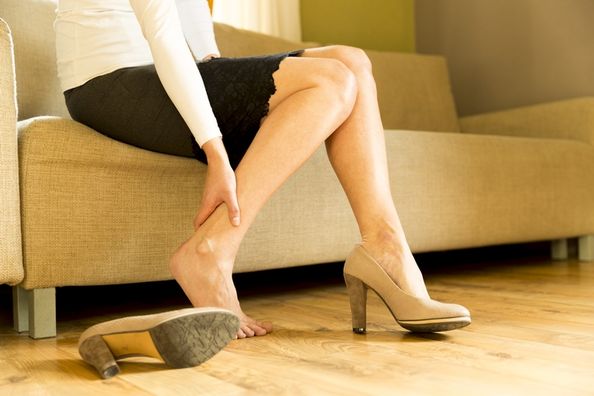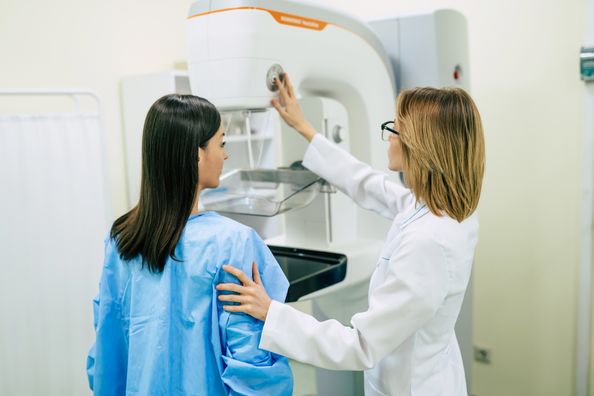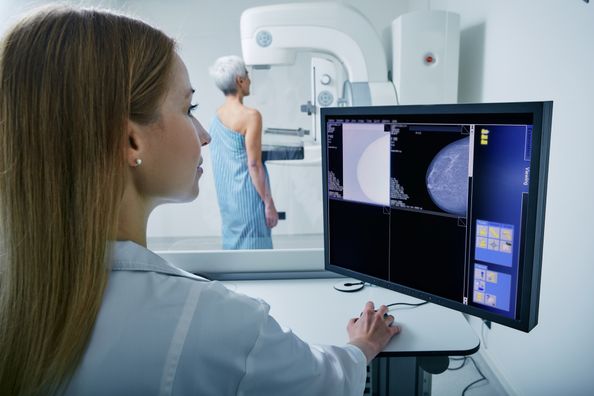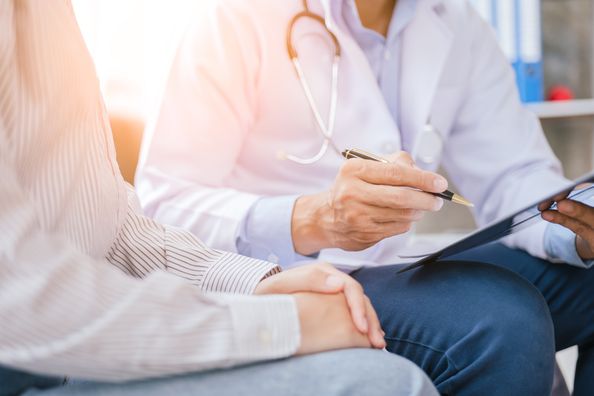Veins are blood vessels that carry blood back to the heart. To keep blood moving toward the heart, veins have one way valves. When the valves breakdown, blood does not flow well and can cause Chronic Venous Insufficiency (CVI) and varicose veins. The abnormal flow of blood is typically referred to as ‘reflux’ since the blood moves backwards and forwards. Venous reflux occurs most often in veins closest to the skin (superficial veins) and varicose veins can be blue, red, or flesh-colored. They typically look like cords under the skin and can be twisted or bulging. Spider veins are like varicose veins, but much smaller. The look like small tree branches on the surface of the skin.
Chronic venous insufficiency and varicose veins can cause symptoms in 50% of adults. Factors that can increase a person’s risk of CVI and varicose veins is family history, increasing age, standing occupations, lack of movement, obesity, injury and pregnancy. The most common symptom is ankle swelling that progresses up the foot. Other symptoms can be dull aching pain, “heaviness” of the leg, fatigue, restless legs, night time cramping, itching or burning of the skin. Many patients need to sit down in the afternoon and elevate their legs to relieve symptoms.
In more advanced cases, breakdown of the skin may cause ulcers. Venous ulcers occur in 1% of the population and 70% of all leg ulcers have a venous component. Venous ulcers occur due to the dilated veins, their associated inflammation, and sometimes minor trauma. Small injuries can grow into large wounds in the presence of chronic venous insufficiency. Venous ulcers can heal and then re-occur and persist for long periods of time if not properly treated.
The great saphenous vein is the largest superficial vein in the leg and goes from the top of the foot to the groin. When the saphenous vein valves break down and cause reflux, the diseased saphenous vein is often the main cause of chronic venous insufficiency and varicose veins. The traditional operation was saphenous vein ‘stripping’. This procedure required large incisions, had a painful recovery, and often had to be done in the hospital or outpatient surgical center.
A less invasive procedure is now performed in the office. Endovenous Laser Treatment (EVLT) is a minimally invasive and clinically proven procedure. Under local anesthesia, a laser fiber is inserted into the vein using ultrasound guidance. After properly numbing the leg, the laser fiber is activated and the vein walls scar and shrink so blood can no longer flow though the vein. With the saphenous vein treated, blood then flows into healthy veins toward the heart.
Watch a video on endovenous laser treatment.
Health Topics:







